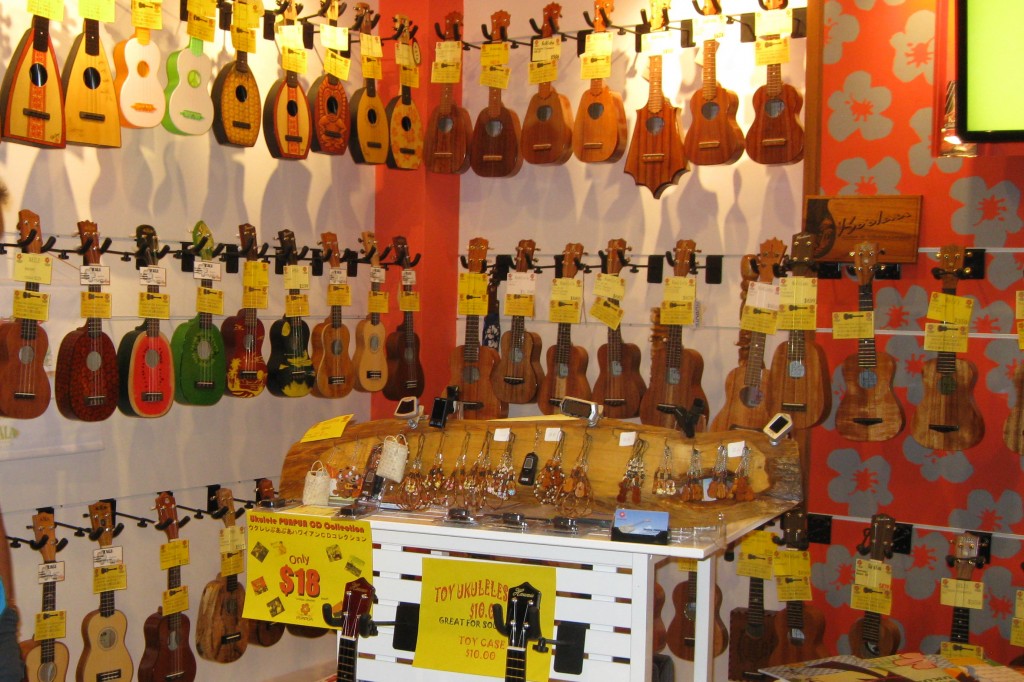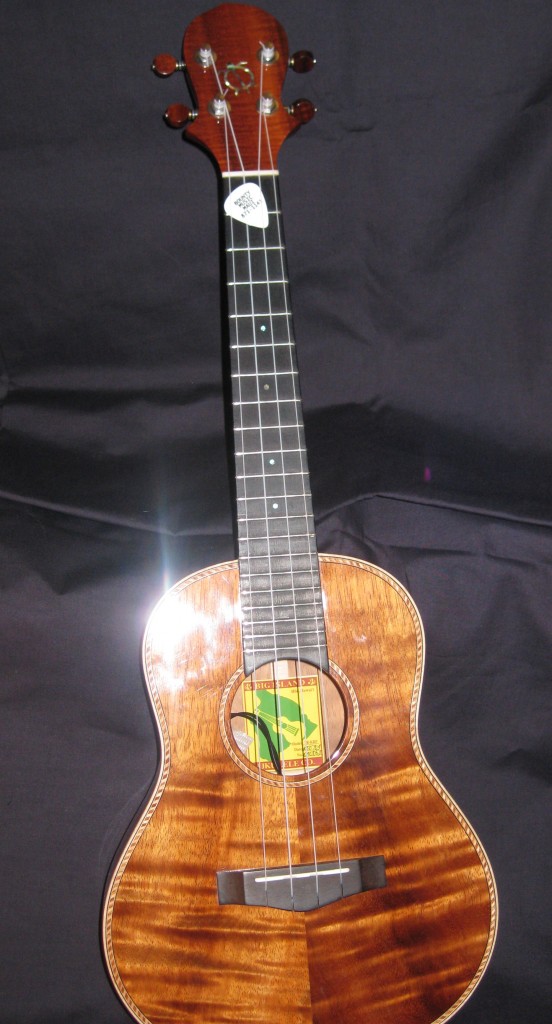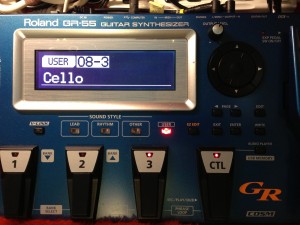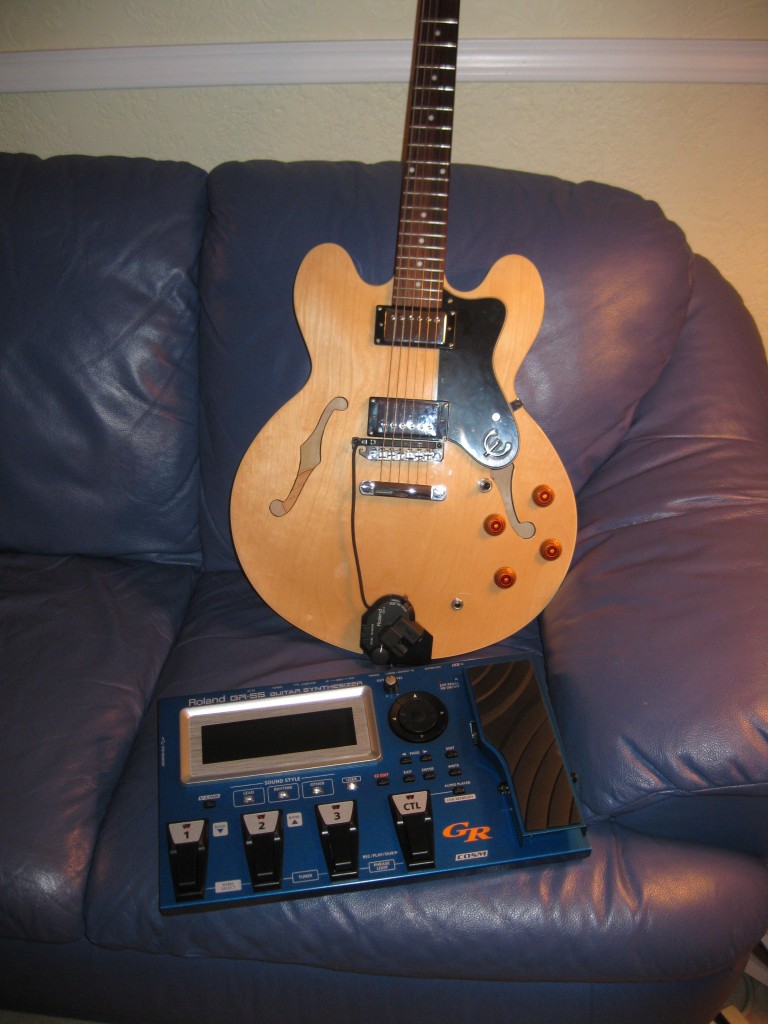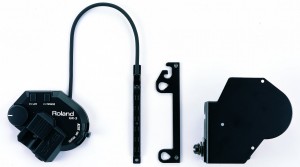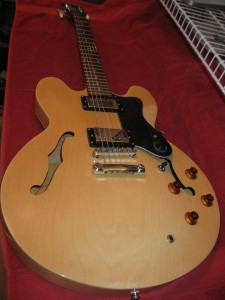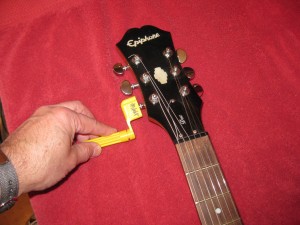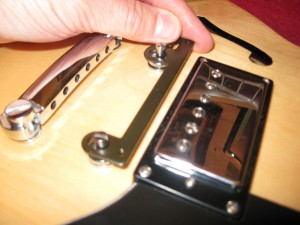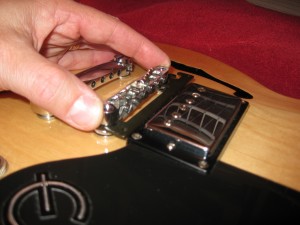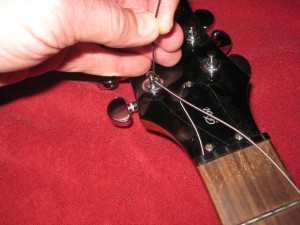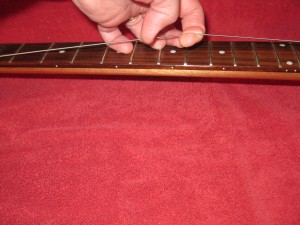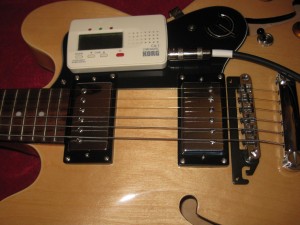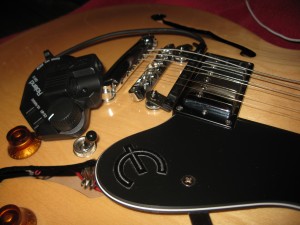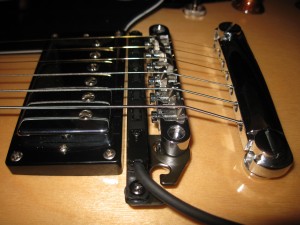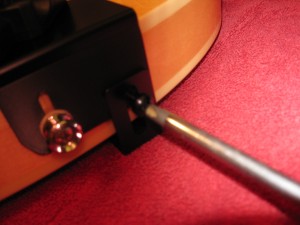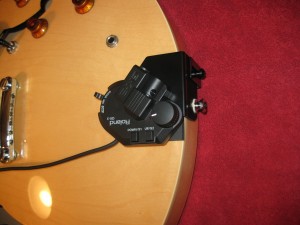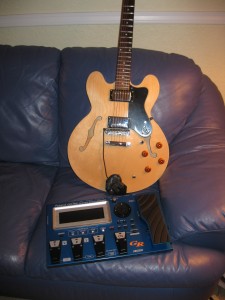Blog and News!
Who Can Resist a Uke?
Beatle Stats – Who Was the Tallest?
This is a page just for fun and for me because I have always sort of wondered what the answers are to these kinds of questions. So now, I will have a place to figure it out and keep track.
So here we go:
| Beatles Last Live Concert: |
| Was it 1966 or 1969? Was it at Wembley Stadium along with the Rolling Stones, the Who and the Yardbirds or was it on the rooftop of Apple Records? |
| When is Paul McCartney’s birthday? |
| Born 18 June 1942 Source: http://en.wikipedia.org/wiki/Paul_McCartney |
| Who was the tallest Beatle? John or Paul? |
I haven’t been able to find any reliable source to answer this question yet. Except for Ringo, they all appear to be very close to the same height. I think Paul is marginally the tallest Beatle. Take a look at this YouTube video of the Beatles meeting Muhammad Ali. Muhammad Ali is 6’3”. So, my guess is:
|
Click here to check out my music!
10 Tips or More on How to Write a Demo Cover Letter
We live in a wonderful age.
There is a huge amount of valuable information for songwriters and struggling artists available to anyone with an internet connection. Just for stumbling on this web site, I am even offering you free stuff for songwriters and musicians not to mention free downloads of all of my music.
My attitude is that we all should help each other and because I think it goes with the spirit of aloha.
Besides my free stuff, here are some other examples to whet your appetite:
- If you haven’t visited John Braheny’s website or read any of the material there, you are missing a lot. Go there. John is also the author of the book, The Craft And Business Of Songwriting
- A second site with helpful info is TAXI. And with their permission, I reprint the following article on what you should and can say about yourself in just one page.
Your Story On One Page
By Meg Hansen
As someone who has looked through countless press packages and listened to hundreds of demos, my focus is very specific — I’m listening for great songs and I want to know a little bit about the artist and the songwriter(s). Unfortunately, I don’t have time to read a 20 page book of miscellaneous press clippings and scattered information, and that’s often what unsigned artists send in. I listen to four songs on the demo, and look through the first few pages of info/clips in each press kit. That’s it.
It seems amazing how many people put insignificant material in the front of the press kit, but if you page through to the end, you find out that this unsigned band opened for a major act last year for two legs of their tour, they pre-sell 200 tickets a show in their local area, their songs have been in five TV shows, their music is being played on 15 CMJ stations and two commercial alternative stations, they have press from local papers and music magazines, their e-mail database of fans is 5,000 and they’ve sold over 2,000 CDs on CDBaby.com, Amazon.com and more on the road. Don’t hide this info at the back of your press kit!!!
Present yourself on ONE PAGE that you put in the front of your press kit — and just send your one sheet with your demo. What info do you want to include on this one sheet? Give me every reason I should sign you at a major label, or use your song in a film/tv show, or ask a major artist to cut your song, or whatever your goal is. Keep your marketing pitch targeted to the person you are trying to impress (Music Supervisor, A&R Exec, Artist, etc.) and get it all on one page. Let’s get specific.
For artists:
- Band name
- Band photo
- Names of band members, instruments, and ages
- If you are a solo artist without a band, list the musicians on your demo
- Where do you live? Where are you from?
- Style of Music
- Album cover
- Track Listing w/timing
- Songwriters
- How many songs do you have written and how many recorded?
- Band’s bio (under 200 words)
- Upcoming Tour Dates
- Well-known artists that you’ve opened for or toured with
- Press quotes
- CD Sales —how many have you sold and where are you selling them?
- Airplay — any college or commercial airplay? If so, what stations? How many times did they play your songs? Could you get a quote from the Program Director or a DJ?
- Local Gigs — Where do you play? How many tickets do you sell/pre-sell?
- Film/TV uses; Advertising spots/jingles
- Website URL
- Online marketing — Hundreds of downloads at MP3.com? Been on the charts? Include a screen shot. Also, include information on other sites where you’ve successfully created a buzz
- Number of fans in your database (e-mail and/or snail mail)
- Contests/awards you’ve won
- Sponsorships/endorsements
- Video available?
- Contact information / Management / Publishing
- Other information — can be anything of interest. Are you related to a famous producer or artist? Is your neighbor the President of Clear Channel? Was your guitarist in a major band before?
For songwriters:
- Name
- Track listing on song demo w/ artist info & song timing
- Names of collaborators
- Photo
- Bio – short, about 200 words. Where are you from? What instruments you play? Who have you collaborated with? What kind of music do you write? Influences?
- Are you also a producer? Or an artist?
- Cuts you’ve had with any major or local artists
- Film/TV uses; Advertising spots/jingles
- Press quotes
- Quotes from artists/songwriters who have written with you
- Website URL
- Contests/awards you’ve won
- Do you have your own studio?
- Contact info
- Publishing info
If you have amazing songs (most important) and a story developing too, present yourself as the professional that you are so that A&R Executives and Music Supervisors will find you, at a glance. You’ve worked hard — you deserve to stand out from the rest of the pile!
And it’s fine if you don’t have a lot to put on your one sheet right now. Keep playing, keep writing and collaborating; and treat your career like it’s a top priority. There’s a certain energy that surrounds artists and songwriters who are inspired to be successful and work very hard at creating opportunities and making things happen for themselves. Become one of these people. These are the artists and songwriters everyone wants to work with. And as you create your success story, add the highlights to your one sheet.
Click Here to view a One Sheet example
Contact: Meg Hansen, Purple Dolphin Music, PO Box 2414, Malibu, CA 90265. 310-562-3563 or www.purpledolphinmusic.com
| Want to learn about the Music Business? You’ll find lots more info about the Music Industry, including Promotion, Touring, Websites, and other Music Biz info at TAXI: The World’s Leading Independent A&R Company. |
Thanks for visiting…..Click here to check out my music!
Hono ‘uke
It’s Cello Time
But not exactly Tulsa Time. But it is time to finish off the first half of this Dona Nobis Pacem duet.
I had to monkey around with the Cello patch settings quite a bit on the GR-55 to get an authentic cello sound and eliminate misfiring of notes, but now I think I’ve nailed it.
Here is the rest of the Cello part to Dona Nobis Pacem, which is now up on SoundCloud.com.
How to Install the Roland GK-3 Divided Pickup on a Semi-Hollowbody Guitar
This post is to summarize how to install the Roland GK-3 Divided Pickup on a semi-hollowbody guitar, like my Epiphone Dot.
About the Roland GK-3 Divided Pickup
The Roland GK-3 Divided Pickup is what you need to play guitar through a Roland guitar synth, such as the awesome new GR-55 (which I just purchased) or the GR-20. The GK-3 is easier to install than you would think from first glance at the owner’s manual.
The GK-3 includes an adjustable curve design to keep an even distance between the strings for better response. The clever attachment plate lets the GK mount right to the bridge screws of Les Paul style guitars. The guitar connection is 1/4 in. to 1/4 in., and the pick up wire retracts for a neat installation.
The Roland GK-3 Divided Pickup is for sending individual signals from each guitar string to GK compatible devices. It is carefully designed for guitar performance by having a large GK knob, and a Select Switch to change from synth, to normal guitar tone, or both of them mixed.
Following these instructions, if you play a Les Paul-type or Gibson semi-hollowbody type guitar you can safely install the Roland GK-3 Divided Pickup without any drilling by using an included special attachment plate.
Roland GK-3 Divided Pickup Specifications
Controls
- GK Volume
- DOWN/S1 Switch
- UP/S2 Switch
- Select Switch
Indicator
- Power Indicator
Connectors
- GK Connector
- Normal Pickup Input Jack
Roland GK-3 divided pickup installation
Here is my photo journal of my process of attaching the Roland GK-3 divided pickup (which came with my AWESOME, new GR-55 Guitar Synthesizer, of which I will write about later) to my Epiphone Dot semi-hollowbody guitar. This is the process described in the owner’s manual under “Attaching the Pickup with the Pickup Holder” and it should work for other guitars with the bridge mounted on posts embedded in the guitar body, such as a Les Paul. This method won’t work for a Strat.
Step 1: Make sure you have a clean, cushioned place to work on your guitar. It would be a shame to scratch up your baby. By the way, make note of the original bridge height so action can be adjusted to compensate for the metal bracket.
Step 3: Remove the bridge and lower the two bridge height adjustment screws of the guitar approximately 2 mm (0.08”).
Step 4: Place the holder on the posts, then cover it with the bridge.
Step 5: Restring the guitar and check the string action and intonation. Note: The GK-3 manual instructs you to attach the pickup to the bracket as the first step, but I chose to wait until I had completed getting the string action and intonation set correctly to allow easier access to the adjuster screws on the bridge and to reduce the risk of accidentally damaging the GK-3.
Be sure to wrap the string under itself and bend it against itself to prevent slippage.
After tightening each string *gently* tug upward about an inch for a few seconds. This will help minimize string detuning after installation.
Step 6: Tune the guitar.
Step 7: Install the GK-3 pickup onto the bracket
- Loosen all of the strings so that you can pull the bridge off of the posts.
- Remove the controller bracket.
- Install the GK-3 pickup onto the bracket with the appropriate rubber sheets and/or rubber tubes according to the guidelines in the manual to achieve the specified 1.0 mm gap between each string and the six individual GK-3 pickups. This is CRITICAL. You may need to install the pickup/bracket and bridge and tighten/tune the strings several times to achieve the proper spacing.
The following notes appear in the owner’s manual regarding how to use the little rubber shims and tubes to get the pickup height just right. This is crucial.
- The pickup height should be adjusted so that the distance between the pickup and the strings is about 1.0 mm (0.04″) when the highest frets on the first and sixth strings are fingered. Check the height using the supplied clearance gauge (1.0 mm).
- If the pickup ends up being too low, use two rubber sheets layered together.
- But if the pickup still sits too low even after layering the two rubber sheets, then use the rubber tubes.
- Here is a picture of the bracket with the pickup screwed to it now, with little rubber tubes to allow height adjustability. (It took me several runs of trial and error to get the height adjusted correctly, so be patient!)
Step 8: Attach the Controller Unit (with Holder)
Assemble the controller according to the instructions and slip the holder over the loosened end pin. Attach the bottom bracket (holder “B”) so that the guitar body is sandwiched between the two holders and tighten both brackets so the guitar is sandwiched between the two. Note it may be necessary to insert the supplied foam cushion between the bracket and the guitar due to sloping of the guitar.
Be sure to attach the 1/4″ short cable to the GK-3 and guitar out jack.
Completed Installation
I hope this is helpful to you and that you thoroughly enjoy your Roland GK-3 Divided Pickup.
Here is a tune I recorded using the Roland GR-55 for the cello portion and along with a mic’d ukulele. Or Click here to check out my music!

